Features to consider while choosing a small dehumidifier
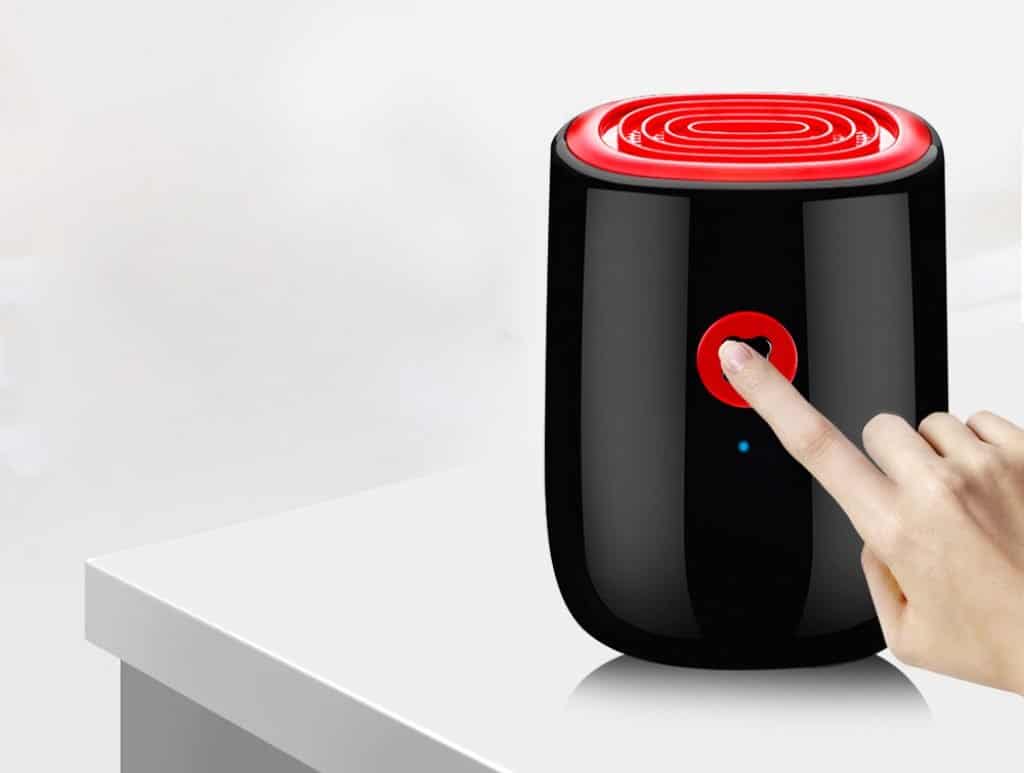 When selecting a small dehumidifier there are several features you should consider, depending on what type of space needs treatment, the preferred noise level, and other factors
When selecting a small dehumidifier there are several features you should consider, depending on what type of space needs treatment, the preferred noise level, and other factors
Dimensions and weight
The best portable dehumidifiers are truly lightweight and often weigh less than three pounds, such as the WOHOME Portable Dehumidifier that only weighs 2.5 pounds. The smallest are the size of a portable radio and the largest are close to a computer tower size. Most small dehumidifiers qualify as so because they fit comfortably on a shelf or on a bedside table. Dehumidifiers based on silica gel technology, such as the Eva-dry E-333 Renewable Mini Dehumidifier can be as compact as a wall thermostat and be mounted in a closet or bathroom in the same way.
Coverage area
The coverage area of a small portable dehumidifier is usually in the area of 215 square feet or less although some manufacturers calculate the drying capacity of the air in cubic feet.
The smaller the space you are looking to dehumidify, the quicker the unit will work to dry the air. For instance, placing a
WOHOME Portable Dehumidifier that can dehumidify 215 square feet in a 100 square foot closet will improve its efficiency.
Noise level
If you are looking for a truly quiet dehumidifier, then buy one that registers lower than 35 decibels, which is equal to the humming of quietest refrigerators. The quietest electric units, such as the Jese Small Dehumidifier operate almost silently because they lack noisy fans. Dehumidifiers that are adsorbents, such as the Eva-dry E-333 Renewable Mini Dehumidifier that is based on silica gel desiccants do not make any noise at all.
Water tank capacity
The water tank capacity of most small dehumidifiers often depends on it’s size, but as almost every unit on the market today has an automatic shut-off safety function to prevent your reservoir from overflowing. Larger tanks, such as the 18-ounce one that is part of Afloia Electric Home Dehumidifier are useful in larger damp areas like basement bathrooms and bedrooms, where there may be a need to operate the unit for two days in a row.
Dehumidification performance
Dehumidification performance is often measured by how much moisture can be removed from the air in a day. Extremely efficient units, such as the WOHOME Portable Dehumidifier tend to have electric fans and condenser coils that remove 80% of the moisture in the air in an hour, whereas less efficient electric small dehumidifiers, such as the Jese Small Dehumidifier might take a day to accomplish the same thing.
The least efficient dehumidifiers are the silica gel based ones that can take four to six weeks just to remove a cup of moisture from the air. However, these are precisely the models required for limited spaces such as closets, gun safes, and shoe boxes.
Settings/modes/speeds
Small dehumidifiers do not tend to have settings, modes or speeds and are simply operated by an on/off button. If you are looking at a dehumidifier with many configurations on it, then you should probably look for a higher performance unit.
Warranty
As is true of any appliance, you should look for a small dehumidifier that offers you the best guarantee without defying your intention for buying it in the first place. An example of a great warranty is the Jese Small Dehumidifier that offers a one-month free trial, two years on parts and a ten-year warranty on the unit’s motor.
Extra features
Small portable dehumidifiers do not tend to have a lot of bells and whistles, but ideally, you should look for one with a proper AC/DC adaptor, LED/LCD indicators and ones with an auto shut-off feature. There is also no need to buy boring looking portable appliances as they come in many unique designs and colors nowadays as is evidenced by the fire-engine red and black WOHOME Portable Dehumidifier.
Tips on how to maintain your dehumidifier
In order to maintain your small portable dehumidifier, be sure to take note of the following points:
- Be sure to empty the water reservoir as soon as it is full to prevent mold and bacteria from growing inside of the unit, especially in units with large reservoirs such as the Jese Small Dehumidifier.
- Wipe down the reservoir, intake vents, and outtake vents with a mild disinfectant to prevent the growth of mold and bacteria, as would be the case with any model
- Always replace any filters as often as recommended by the manufacturer
- Recharge silica gel based dehumidifiers such as the Eva-dry E-333 Renewable Mini Dehumidifier as soon as the gel changes its color to ensure its effectiveness over time

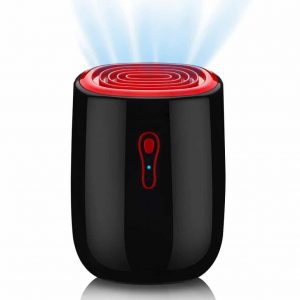
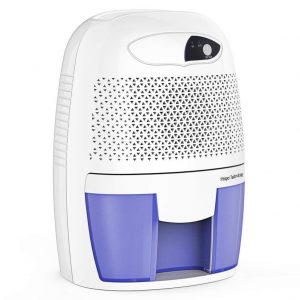
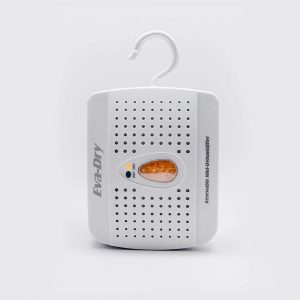
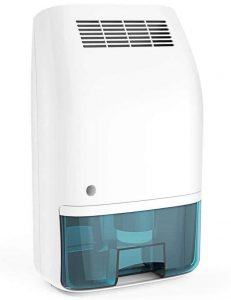
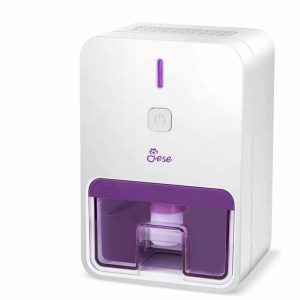
 When selecting a small dehumidifier there are several features you should consider, depending on what type of space needs treatment, the preferred noise level, and other factors
When selecting a small dehumidifier there are several features you should consider, depending on what type of space needs treatment, the preferred noise level, and other factors